When it comes to investing in a long coat, one of the most important factors to consider is the fabric. The right material not only determines the coat’s warmth and durability but also contributes to its overall style, feel, and suitability for different weather conditions. From classic wool to luxurious cashmere and innovative synthetic options, the fabric of your long coat plays a significant role in ensuring it meets your needs.
In this article, we’ll explore the best fabrics for long coats and discuss their unique benefits to help you choose the perfect material for your next investment piece.
1. Wool: The Timeless Classic
Wool has long been a top choice for outerwear, and it’s easy to see why. As a natural fiber, wool is known for its excellent insulation, moisture-wicking properties, and ability to regulate body temperature. Whether you live in a cold climate or need a versatile piece for the winter months, wool is a tried-and-true material that provides warmth without being overly heavy.
Why Choose Wool?
- Warmth: Wool naturally retains heat, making it ideal for colder temperatures.
- Breathability: Wool fibers are breathable, allowing sweat to escape, which keeps you dry and comfortable.
- Durability: Wool is a strong and durable material, meaning your coat can last for years with proper care.
- Timeless Look: Wool coats are often associated with sophistication, making them an excellent choice for both formal and casual occasions.
Best Wool Options for Long Coats
- Merino Wool: Known for being soft and lightweight, merino wool is often used in high-quality coats for its luxurious feel. It’s less scratchy than traditional wool, making it suitable for those with sensitive skin.
- Boiled Wool: This dense, felted wool has a thick, textured appearance and provides exceptional warmth. Boiled wool coats are ideal for extremely cold climates.
- Cashmere Wool: A blend of cashmere and wool is common in higher-end coats, offering the best of both worlds: the warmth and durability of wool with the softness and luxurious feel of cashmere.
2. Cashmere: Luxury and Softness Combined
Cashmere is often regarded as the ultimate luxury fabric, known for its ultra-soft feel and exceptional warmth. Made from the undercoat of cashmere goats, this fabric is finer and softer than regular wool, making it a popular choice for high-end long coats and outerwear.
Why Choose Cashmere?
- Softness: Cashmere is incredibly soft to the touch, offering a comfortable and cozy wearing experience.
- Lightweight Warmth: Despite its lightness, cashmere provides excellent insulation, keeping you warm without adding bulk.
- Luxurious Look: Cashmere exudes elegance and sophistication, making it the perfect choice for a chic, polished look.
- Breathable: Like wool, cashmere is breathable and moisture-wicking, helping regulate your body temperature.
Best Cashmere Options for Long Coats
- 100% Cashmere: While 100% cashmere coats are rare and expensive, they offer unmatched softness and warmth. They are often the go-to choice for high-fashion outerwear.
- Cashmere Blends: Many coats are made from cashmere blends, often mixed with wool, silk, or synthetic fibers to increase durability while maintaining the luxurious feel of cashmere.
3. Down: The Warmth You Can’t Beat
If warmth is your top priority, down is an excellent option. While not a traditional fabric for long coats, down-filled coats have become increasingly popular due to their unparalleled insulation properties. Down is made from the soft, fluffy underlayer of ducks or geese, which traps air and retains heat.
Why Choose Down?
- Superior Insulation: Down is incredibly effective at trapping heat, making it perfect for very cold climates or outdoor activities.
- Lightweight: Despite its warmth, down is surprisingly light, meaning you can wear it without feeling weighed down.
- Breathable: Down-filled coats are breathable, so you won’t feel overheated in milder weather.
Best Down Options for Long Coats
- 100% Down: Coats filled with 100% down offer the highest quality insulation but are typically more expensive.
- Down Alternative: If you prefer a cruelty-free option, down alternatives made from synthetic fibers can mimic the warmth and softness of down while being more affordable and vegan-friendly.
4. Polyester and Nylon: Durable, Weather-Resistant Fabrics
For those who need a long coat that can stand up to harsh weather conditions, synthetic fabrics like polyester and nylon are great options. These materials are often used for water-resistant or waterproof long coats, making them ideal for rainy or snowy climates.
Why Choose Polyester and Nylon?
- Weather Resistance: Both polyester and nylon are highly resistant to moisture, making them ideal for wet and snowy conditions.
- Durability: These synthetic fibers are tough and can withstand wear and tear, ensuring your coat lasts for years.
- Easy Care: Polyester and nylon are easy to clean and maintain, often machine washable and less prone to wrinkling.
Best Uses for Polyester and Nylon Coats
- Puffer Coats: These coats, often made with down or synthetic insulation and covered in polyester or nylon, are perfect for cold, wet conditions. Their weather-resistant outer shell keeps you dry while providing warmth.
- Raincoats: Long coats made from waterproof nylon or polyester are ideal for rainy weather. These coats often feature sealed seams to prevent water from seeping in.
5. Cotton: A Lightweight Option for Transitional Weather
Cotton is a breathable and natural fabric, making it a great option for milder climates or transitional seasons, like fall or spring. While not as warm as wool or cashmere, cotton coats are light, comfortable, and easy to layer.
Why Choose Cotton?
- Breathability: Cotton is a natural fiber that allows air to circulate, helping keep you cool and comfortable during milder temperatures.
- Soft and Comfortable: Cotton has a soft, relaxed feel that makes it great for casual wear.
- Versatility: Cotton is available in a variety of styles, from lightweight trench coats to chore coats, making it easy to find something that suits your style.
Best Cotton Options for Long Coats
- Twill Cotton: Twill cotton is durable and has a smooth, slightly textured finish. It’s great for trench coats or utility-style long coats.
- Denim Coats: Denim is a heavier weight cotton fabric that works well for fall and spring coats, providing just enough warmth for milder days.
6. Faux Fur: Eco-Friendly Luxury
For those who want a luxurious, warm long coat without the use of animal products, faux fur is an excellent option. Faux fur provides the same warmth and texture as real fur but with a more ethical and sustainable approach.
Why Choose Faux Fur?
- Ethical and Eco-Friendly: Faux fur is made from synthetic fibers, making it a cruelty-free alternative to real fur.
- Warmth and Softness: Faux fur offers similar warmth and softness to its animal counterpart, making it a great choice for winter coats.
- Trendy Appeal: Faux fur coats have gained popularity in fashion for their glamorous, high-fashion look.
Best Uses for Faux Fur Coats
- Full Faux Fur Coats: Faux fur is often used for high-fashion, statement-making long coats that stand out in a crowd. These can be paired with everything from casual jeans to formal evening wear.
Conclusion
When choosing a long coat, the fabric plays a crucial role in determining the coat’s warmth, durability, and overall aesthetic. Wool and cashmere remain timeless choices for their warmth and luxurious feel, while down and synthetic fabrics offer superior insulation for colder climates. Cotton and faux fur are excellent options for those seeking versatility or ethical alternatives. No matter your style, climate, or lifestyle, there’s a perfect fabric out there for your long coat that will keep you cozy, stylish, and ready to face the elements.
-
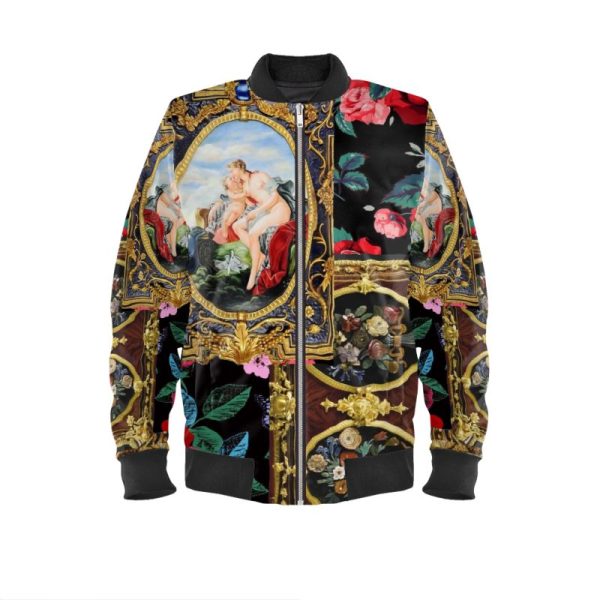 Satin Designer Bomber Jacket$448
Satin Designer Bomber Jacket$448 -
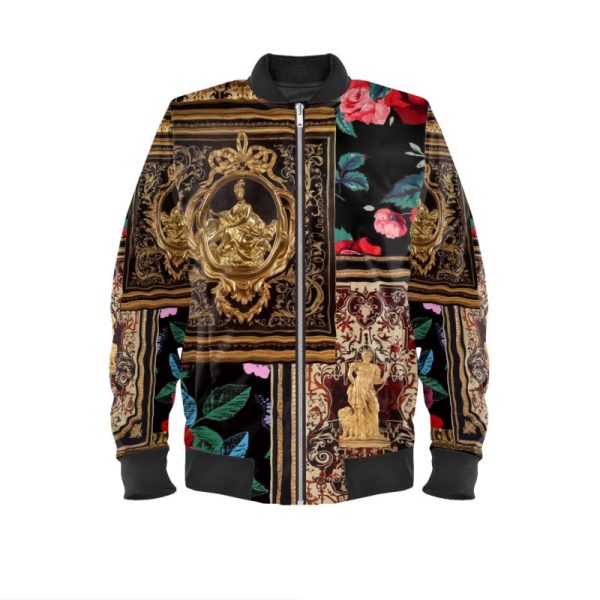 Satin Designer Bomber Jacket$448
Satin Designer Bomber Jacket$448 -
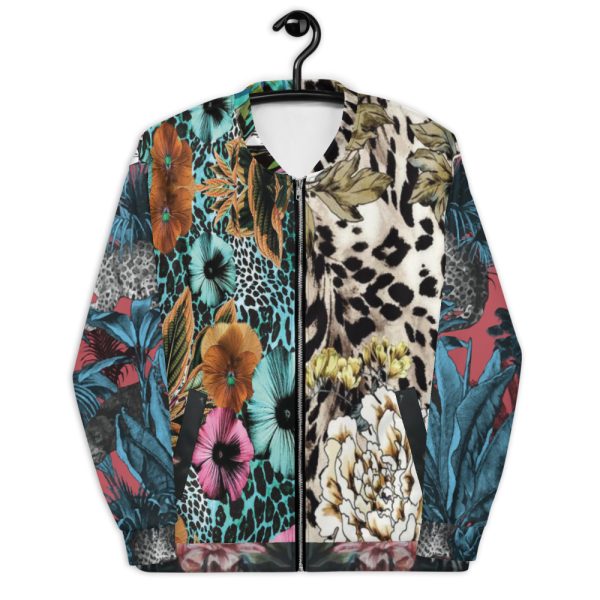 Bomber Jacket | Designer Luxury For Women & Men | Navy Blue Floral Red Turquoise$158
Bomber Jacket | Designer Luxury For Women & Men | Navy Blue Floral Red Turquoise$158 -
 Bomber Jacket | Designer Luxury For Women & Men | White Gold$158
Bomber Jacket | Designer Luxury For Women & Men | White Gold$158 -
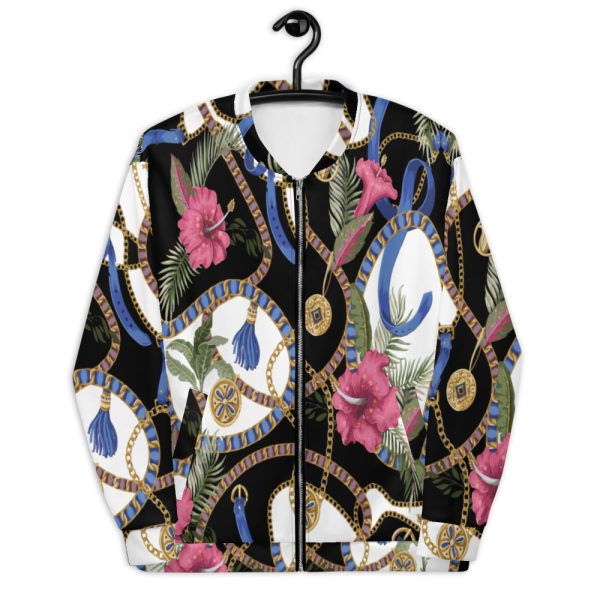 Bomber Jacket | Designer Luxury For Women & Men | Floral White Black$158
Bomber Jacket | Designer Luxury For Women & Men | Floral White Black$158 -
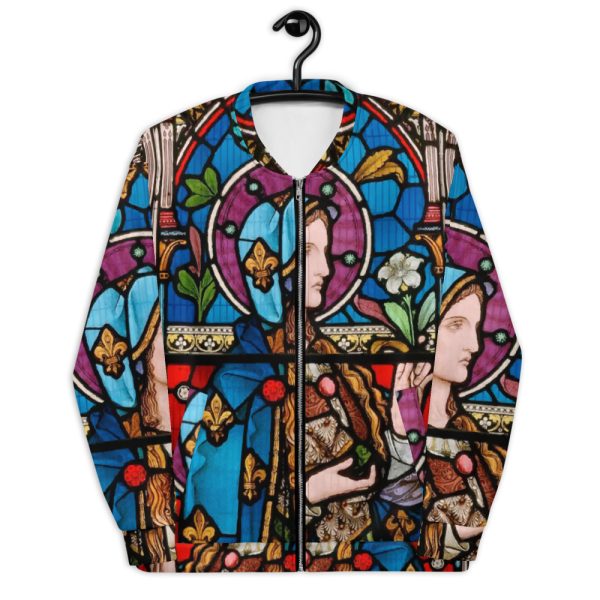 Bomber Jacket | Designer Luxury For Women & Men | Blue Purple Gold$158
Bomber Jacket | Designer Luxury For Women & Men | Blue Purple Gold$158 -
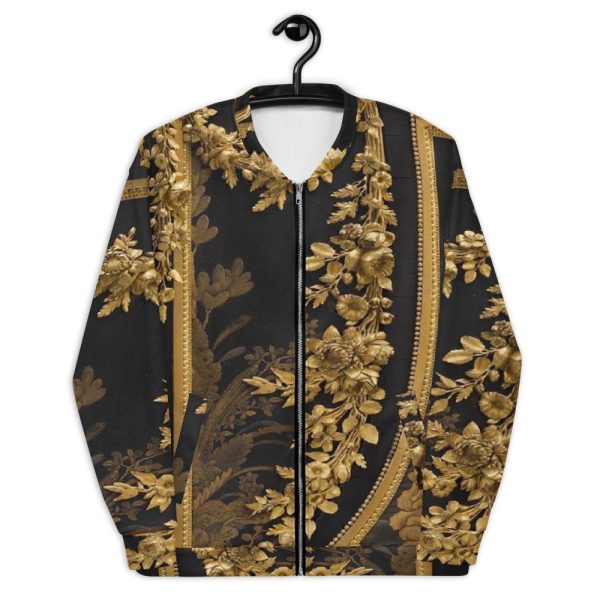 Bomber Jacket | Designer Luxury For Men & Women | Black Gold Baroque$158
Bomber Jacket | Designer Luxury For Men & Women | Black Gold Baroque$158 -
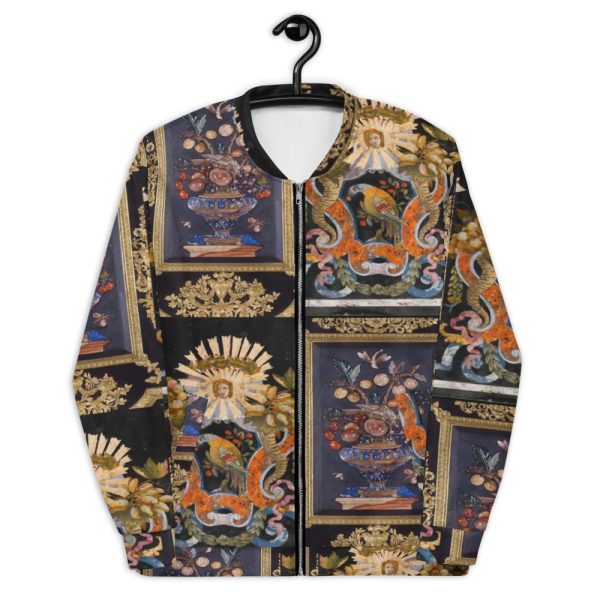 Bomber Jacket | Designer Luxury For Women & Men | Black Gold$158
Bomber Jacket | Designer Luxury For Women & Men | Black Gold$158 -
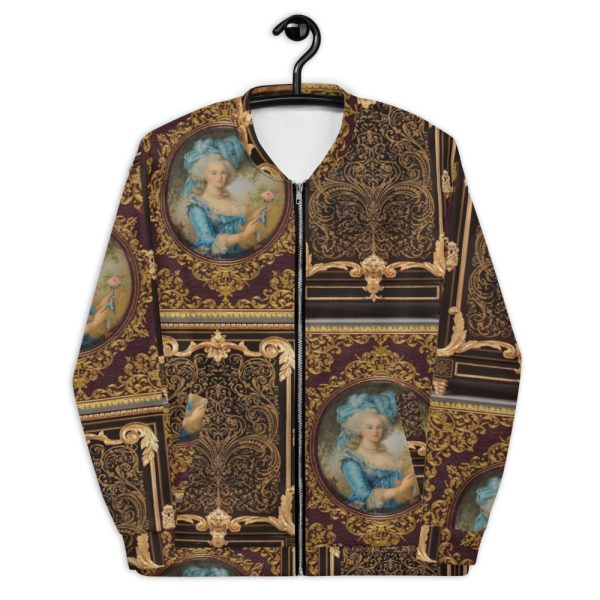 Bomber Jacket | Designer Luxury For Women & Men | Gold$158
Bomber Jacket | Designer Luxury For Women & Men | Gold$158